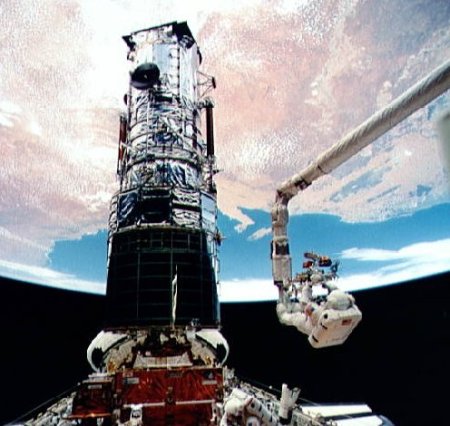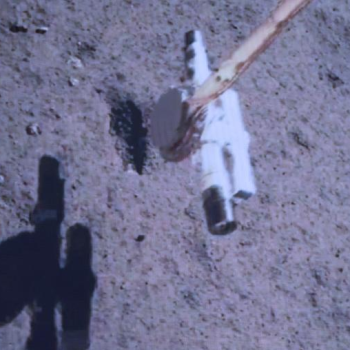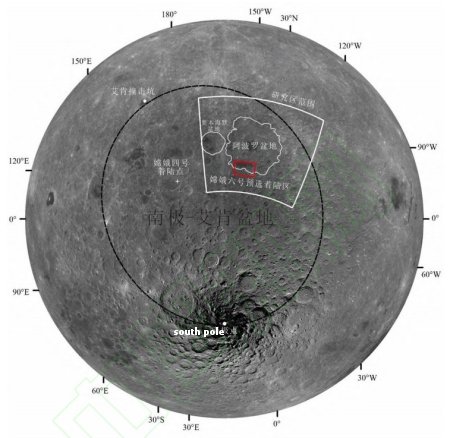Paper: Not one government policy during the COVID epidemic accomplished anything to stop the disease’s spread

What governments believe, even when there
is no evidence to justify it.
In reviewing the many different government actions taken during the COVID epidemic aimed at slowing the spread of the virus, scientists have found that none of these policies accomplished anything.
No matter how we approached these questions, the primary finding was lack of definitive patterns that could support claims about governmental policy impacts. About half the time, government policies were followed by better Covid-19 outcomes, and half of the time they were not. The findings were sometimes contradictory, with some policies appearing helpful when tested one way, and the same policy appearing harmful when tested another way. No claims about the relationship between government responses and pandemic outcomes held generally. Looking at stay-at-home policies and school closures, about half the time it looked like Covid-19 outcomes improved after their imposition, and half the time they got worse. Every policy, Covid-19 outcome, time period, and modeling approach yielded a similar level of uncertainty: about half the time it looked like things got better, and half the time like things got worse.
…Yet scientists used these data to make definitive conclusions.
Claims that government responses made Covid-19 worse are not broadly true, and the same goes for claims that government responses were useless or ineffective. Claims that government responses help reduce the burden of Covid-19 are also not true. What is true is that there is no strong evidence to support claims about the impacts of the policies, one way or the other.

What governments believe, even when there
is no evidence to justify it.
In reviewing the many different government actions taken during the COVID epidemic aimed at slowing the spread of the virus, scientists have found that none of these policies accomplished anything.
No matter how we approached these questions, the primary finding was lack of definitive patterns that could support claims about governmental policy impacts. About half the time, government policies were followed by better Covid-19 outcomes, and half of the time they were not. The findings were sometimes contradictory, with some policies appearing helpful when tested one way, and the same policy appearing harmful when tested another way. No claims about the relationship between government responses and pandemic outcomes held generally. Looking at stay-at-home policies and school closures, about half the time it looked like Covid-19 outcomes improved after their imposition, and half the time they got worse. Every policy, Covid-19 outcome, time period, and modeling approach yielded a similar level of uncertainty: about half the time it looked like things got better, and half the time like things got worse.
…Yet scientists used these data to make definitive conclusions.
Claims that government responses made Covid-19 worse are not broadly true, and the same goes for claims that government responses were useless or ineffective. Claims that government responses help reduce the burden of Covid-19 are also not true. What is true is that there is no strong evidence to support claims about the impacts of the policies, one way or the other.










